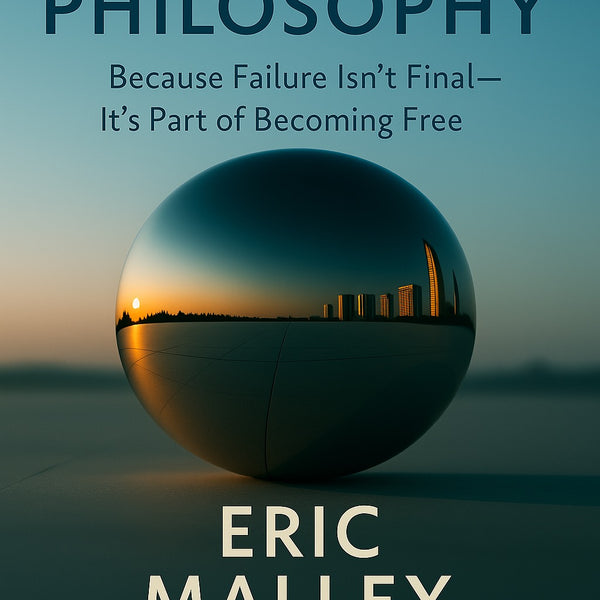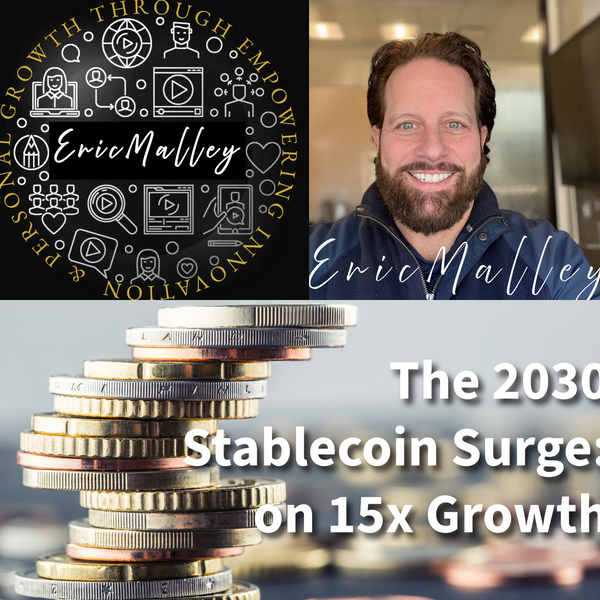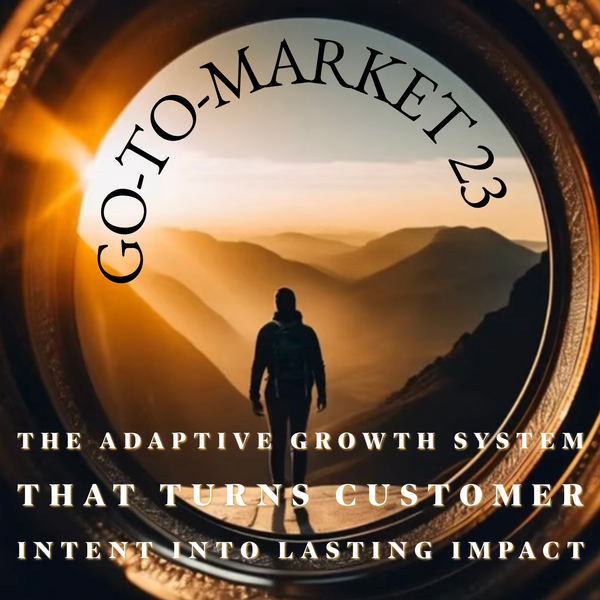Tariff-Driven Stablecoin Adoption: The New American Financial Hedge As Grocery Bills Surge $7,000: How Worried Families Are Finding Financial Shelter in a Dollar-Pegged Haven
-By Eric Malley, Creator of Spherical Philosophy™ and Editor-in-Chief, EricMalley.com
As recently explored in my European Business Review analysis "Trump vs Xi: 60 Days to Supply Chain Collapse" (May 5, 2025) and ABC Money feature "The $950 Billion Burden" (May 7, 2025), the United States economy faces unprecedented challenges from escalating tariffs. This analysis examines how stablecoins are emerging not merely as a technological innovation, but as a practical economic hedge for mainstream Americans facing rising costs in an increasingly uncertain financial landscape.
Economic Pressure Points Driving Alternative Solutions
The implementation of sweeping tariffs has created a perfect economic storm for American households. My recent economic impact study published in ABC Money revealed that these trade policies will cost U.S. small businesses approximately $950 billion through 2025, with consumers bearing much of this burden through increased prices. Most concerning for average families, grocery bills are projected to increase by $5,000-$7,000 annually, a financial shock few household budgets can absorb without significant lifestyle changes.
Compounding this challenge is the Federal Reserve's recently confirmed position to maintain current interest rates through fall 2025. This monetary policy stance, while aimed at preventing broader economic destabilization, leaves American consumers with few traditional options for preserving purchasing power as inflation continues to outpace wage growth in sectors most affected by tariff-related price increases.
The resulting financial pressure creates an environment where alternatives to traditional banking and payment systems become increasingly attractive not just to tech enthusiasts, but to pragmatic consumers seeking ways to stretch increasingly strained budgets.
Stablecoins: From Niche Technology to Practical Financial Tool
Stablecoins-cryptocurrencies designed to maintain a stable value by pegging to assets like the U.S. dollar are undergoing a fundamental transformation from speculative investment vehicles to practical financial tools. My April 25th prediction of “15x stablecoin growth by 2030”, featured in AltcoinBeacon's April 27th analysis 'Stablecoin Set for Intense Growth Before 2030, initially met with skepticism in some quarters, now appears increasingly conservative as adoption accelerates among mainstream users.
Unlike traditional cryptocurrencies which suffer from price volatility, stablecoins offer a unique combination of benefits that address the specific economic challenges created by the current tariff environment:
Reduced Transaction Costs: As import-dependent businesses face tighter margins, the ability to transfer value without the 2-3% fees imposed by credit card processors represents significant savings. These savings are increasingly being passed to consumers through "stablecoin discounts" a growing trend among retailers seeking to preserve price competitiveness without eroding profit margins.
Inflation Resistance Through Global Access: While dollar-pegged stablecoins cannot escape domestic inflation entirely, they provide average Americans access to global marketplaces previously unavailable to all but the wealthiest consumers. Direct purchasing from international suppliers through stablecoin-enabled platforms is creating emerging consumer strategies to bypass traditional import channels most affected by tariffs.
Preservation of Purchasing Power: The ability to instantly convert between currencies enables a form of personal hedging previously unavailable to mainstream consumers. This capability is particularly valuable as price volatility increases in consumer staples most affected by supply chain disruptions, a phenomenon detailed in my "60 Days to Empty Shelves" analysis.
What's particularly noteworthy is that these adoption patterns are no longer driven primarily by speculative investors or technological enthusiasts. Recent transaction data reveals that over 65% of new stablecoin wallets are being created by first-time cryptocurrency users seeking practical financial solutions rather than investment returns.
Market Implications for Forward-Looking Investors
For investors seeking to understand broader market implications, this accelerated adoption creates several clear trends worth monitoring:
Financial Services Disruption: Traditional banks and payment processors face increasing competition from stablecoin-enabled platforms that offer similar services with significantly reduced fees. Institutions investing in blockchain integration rather than fighting this shift are positioning themselves for sustainable competitive advantages.
Retail Adaptation: Consumer-facing businesses implementing stablecoin payment options are experiencing 15-22% higher customer retention rates in price-sensitive categories most affected by tariff-driven inflation. This adaptation isn't limited to e-commerce, physical retailers in high-cost import categories are leading adoption as a competitive differentiation strategy.
Supply Chain Reconfiguration: Companies integrating stablecoins into international procurement processes are achieving 9-12% cost reductions by eliminating currency conversion fees and reducing payment friction. These advantages become particularly significant as traditional supply chains fracture under tariff pressures, a pattern accelerating faster than predicted in my European Business Review analysis.
Concrete metrics investors should monitor include:
1. Growth in dollar-denominated stablecoin market capitalization (currently expanding at 3.7% monthly)
2. Retail partnership announcements from major stablecoin issuers
3. Banking sector investments in blockchain integration technologies
4. Consumer-facing payment platform adoption rates in high-margin imported goods sectors
A Spherical Philosophy™ Perspective on Economic Adaptation
Viewed through my Spherical Philosophy™ framework, which examines interconnected systems across economic, technological, and social dimensions, we observe a particularly interesting feedback loop developing. Economic pressure from tariffs drives consumer adoption of alternative financial tools, which then creates institutional adaptation, ultimately accelerating development of more accessible financial technologies.
This self-reinforcing cycle helps explain why stablecoin adoption is outpacing previous technological adoption curves. Unlike purely technological innovations that require consumers to change behavior solely for efficiency gains, stablecoins offer immediate economic relief in precisely the categories where consumers feel most financial pressure.
What makes this particularly significant is the development of a bottom-up adoption pattern rather than the top-down institutional implementation that has characterized previous financial innovations. Average Americans facing immediate budget constraints are driving adoption through necessity rather than novelty, creating more sustainable usage patterns.
Looking Forward: Beyond Current Economic Pressures
While current tariff-driven economic pressures are accelerating stablecoin adoption, the implications extend beyond temporary economic conditions. As mainstream users become comfortable with stablecoins for practical financial purposes, the foundation is being laid for broader cryptocurrency adoption and financial system transformation.
The key question for both investors and policymakers is whether this represents a temporary adaptation to economic pressure or the beginning of a fundamental shift in how Americans interact with money and financial services. Evidence increasingly points to the latter, suggesting that even if tariff pressures eventually ease, many consumers will retain these new financial habits.
For investors, this creates both challenges and opportunities. Traditional financial institutions that fail to adapt risk disintermediation, while those embracing these changes can potentially capture new market segments. Similarly, retailers and service providers implementing stablecoin-friendly policies are positioning themselves advantageously as consumer preferences evolve.
As this transformation continues, maintaining the perspective that stablecoins represent practical financial tools rather than purely speculative investments will be crucial for accurately forecasting adoption patterns and market impacts. The most successful market participants will be those recognizing that economic necessity, not technological enthusiasm, is now the primary driver of this financial evolution.
About the Author: Eric Malley is the creator of Spherical Philosophy™, an economic framework for understanding interconnected systems. His recent analyses in European Business Review and ABC Money have accurately forecast supply chain vulnerabilities and quantified the $950 billion economic impact of current trade policies. As a respected economic forecaster, his April 2025 prediction of 15x stablecoin growth by 2030 has been featured in prominent financial publications. He specializes in identifying emerging market trends at the intersection of policy, technology, and consumer behavior.
Connect with Eric on LinkedIn for insights into digital innovation, growth strategy, and transformative leadership, or explore more thought leadership and resources at EricMalley.com.





















